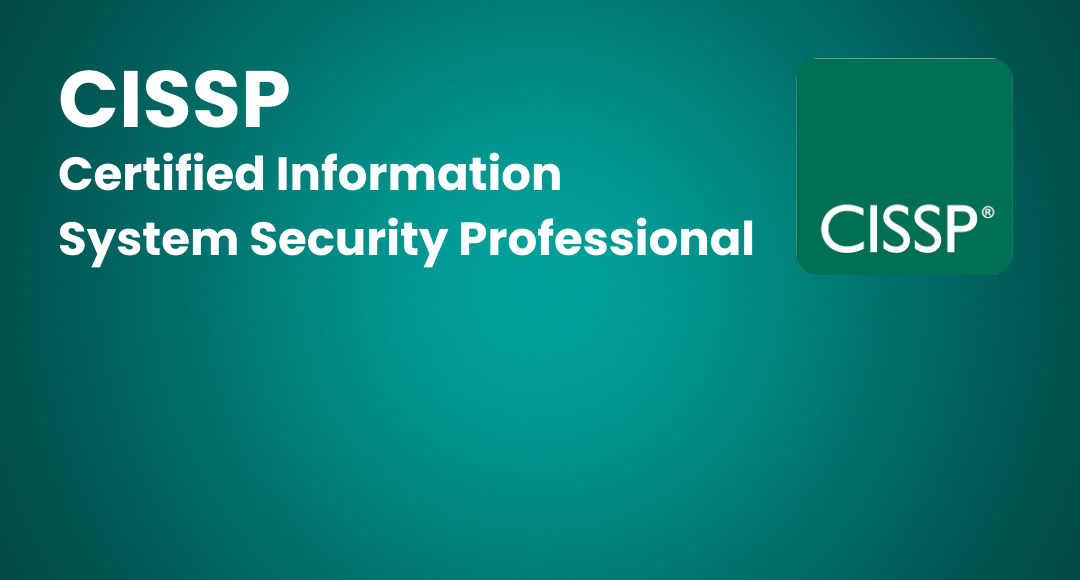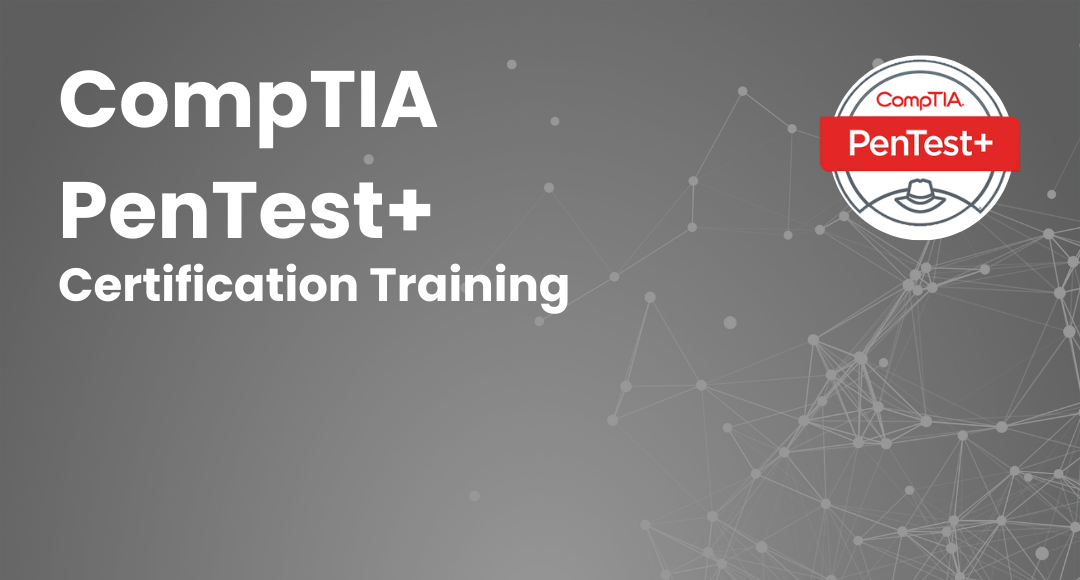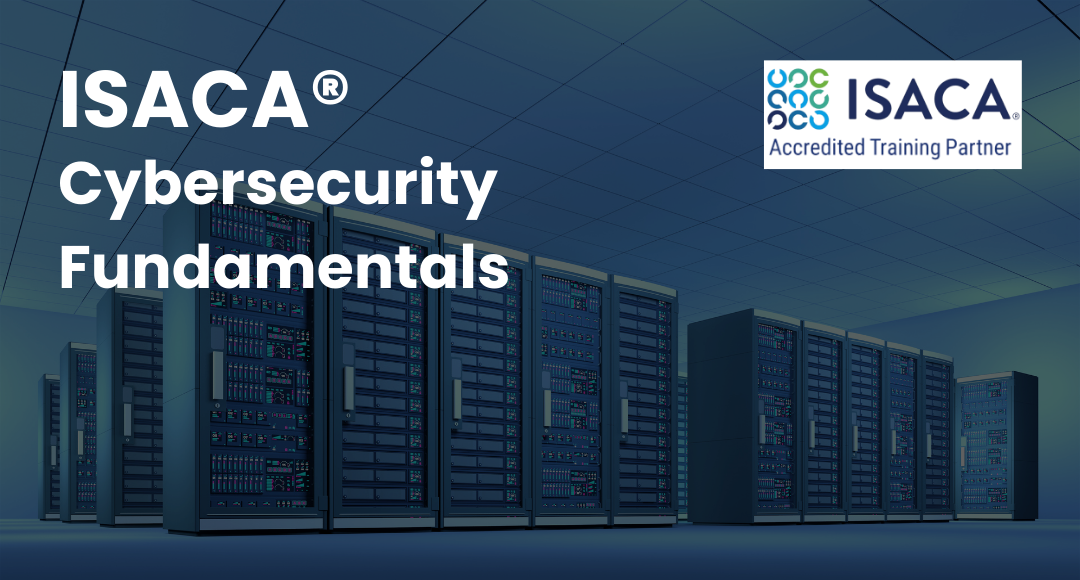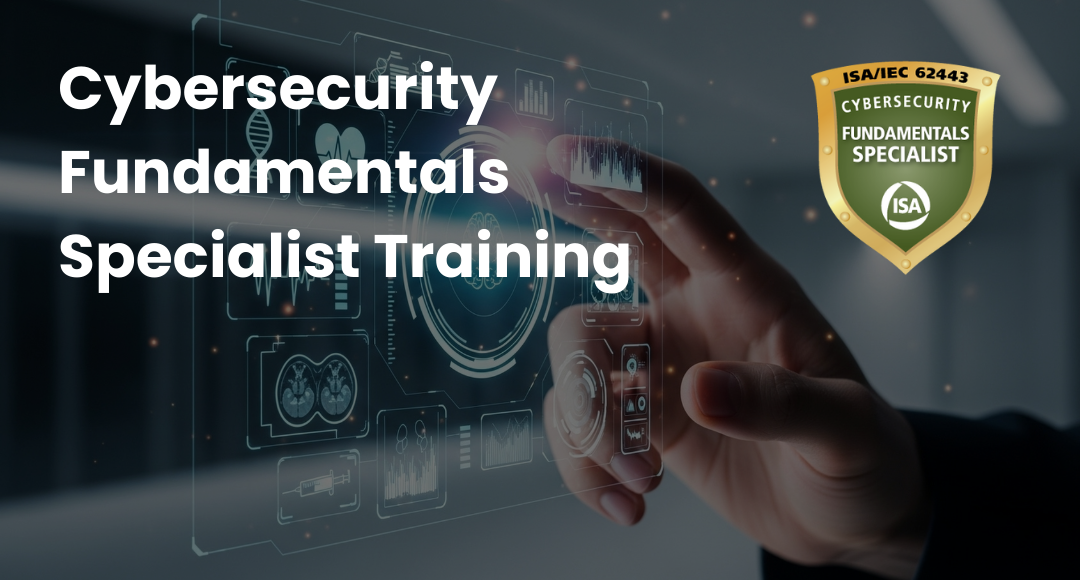Prevent Cyber Attacks: Strategies to Protect Your Digital Assets
-
 By Nchumbeni Yanthan
By Nchumbeni Yanthan - Published on Aug 18 2023

Table of Contents
Introduction
The danger of cyber attacks is very real in the connected world of today. Malicious individuals continually create new strategies to exploit vulnerabilities and illegally get private data in the area of cybersecurity.
Individuals and companies must actively secure themselves in order to protect themselves from these risks.
This article presents ten cyber attack prevention strategies you can take to safeguard your digital assets. You can significantly decrease your risk of falling a victim of cybercrime and protect the integrity of your data through putting those measures into effect.
10 Effective Strategies to Prevent Cyber Attacks
The prevalence of cyberattacks remains persistent in the modern digital landscape. Cybercriminals persistently enhance their techniques to exploit security vulnerabilities and acquire unauthorized access to sensitive information.

It is imperative for individuals and organizations to proactively safeguard themselves against these threats.
This article presents ten effective strategies aimed at preventing cyberattacks and securing your digital assets. By implementing these precautions, you can substantially diminish the likelihood of becoming a target of cybercrime and guarantee the security of your data.
1) Keep Software Up to Date
One of the easiest and most productive ways of protecting to against cyberattacks is to update your software on a regular basis. Software patches that fix security flaws are commonly included within updates.
You can remove potential points of entry for cybercriminals and protect your systems from attacks by immediately installing updates for your operating system, programs, and security tools.
2) Use Strong Passwords and Multifactor Authentication
The first line of defense against unauthorized access is a password. Use a combination of upper- and lowercase letters, numbers, and special characters like blank character to create strong passwords for your accounts.
Easy information like your full name or birthdate should be prevented. Whenever possible, enable multifactor authentication (MFA). By anything above verification from users, such as a fingerprint scan or a one-time password, MFA adds an extra layer of security.
3) Educate and Train Employees
Prioritizing employee training and education is an essential approach for avoiding cyberattacks. Employees can learn about the most recent threats and best practices for preventing cyber attacks by taking part in complete cybersecurity awareness programs.
Topics like identifying phishing emails, creating secure passwords, and comprehending the significance of routine software updates can be covered in training sessions.
Giving employees knowledge allows them to serve as the first line of defense against potential cyber threats.
4) Use intrusion detection systems and firewalls
Your inner layer and potential attacks are kept separate by firewalls. Incoming and outgoing network traffic is watched over and filtered, and malicious attempts to gain access are stopped. In order to identify the potential attacks, Intrusion Detection Systems (IDS) analyze network traffic.
You can recognize and stop cyberattacks before they cause major harm by instituting firewalls and IDS.
5) Regularly Backup Your Data
Regularly backing up your data is essential for recovering from a cyber attack or system failure. Make sure your backup strategy is accurate by keeping copies of your data both locally and online. Be certain to store your backups securely and with encryption. Test your backups often to make sure they can be effectively restored if essential. By having backups in place, you can mitigate the impact of a cyber attack and minimize data loss.
6) Secure Your Wi-Fi Networks
Wi-Fi networks can be vulnerable to unauthorized access if not properly secured. Change the default administrator credentials on your wireless routers and use strong, unique passwords for network access. To encrypt data sent over the network, enable network encryption, such as WPA2 or WPA3. Additionally, cover up the SSID (Service Set Identifier) of your network to hide it from view by potential attackers.
7) Regularly Update and Patch Applications
In addition to keeping your operating system up to date, it's important to regularly update and patch your applications. Many cyber attacks exploit vulnerabilities in commonly used software applications. Enable automatic updates whenever possible or establish a process to ensure that your applications are updated promptly when new patches are released. Regularly patching your applications helps close security loopholes and protects your systems from known vulnerabilities.
8) Use Encryption and Secure Protocols
Encryption is an essential measure for protecting sensitive data. Implement encryption for data at rest and in transit. Use encrypted communication protocols like HTTPS for websites and SSL/TLS for email to boost your online security. Your data is protected further by encrypting it making it more challenging for hackers to access or intercept it.
Think about turning on disk encryption in your laptops and mobile devices in order to safeguard data in the case of theft or loss.
9) Conduct Regular Security Audits
Regular security audits are crucial for identifying vulnerabilities and weaknesses in your systems and processes. Perform internal and external audits to assess your security posture. Engage third-party security experts to conduct penetration testing and vulnerability assessments. Address the identified issues promptly to maintain a robust security infrastructure.
10) Stay Informed and Updated
Staying informed about the latest cyber threats and cybersecurity predictions, along with security best practices, is essential for effectively preventing cyber attacks. Get access to reputable security newsletters like Sprintzeal, follow cybersecurity blogs and forums, and participate in industry events and conferences. By staying updated, you can proactively adapt your security measures to counter emerging threats and vulnerabilities.
Tips to Develop Your Cyber Risk Management Strategy
Create a solid strategy for managing cyber risks if you want to protect your company from online threats.

Here are some crucial abilities of cybersecurity tips to take into account:
Decide which assets are crucial to a business and give them the highest priority for protection. This from exclusive data such as bank records, copyrights, and customer data.
Perform Risk Assessments: Regularly conduct comprehensive risk assessments to identify potential vulnerabilities and evaluate the impact of cyber threats. This helps you allocate resources effectively and prioritize security measures.
Establish Incident Response Plans: Create well-defined incident response plans to handle potential cyber attacks. This ensures a coordinated and efficient response, minimizing the damage caused by an attack and facilitating the recovery process.
Regular Security Audits: To evaluate the success of your cybersecurity and narrow down areas for improvement, carry out routine security audits. Stay updated with the latest industry standards and regulations to ensure compliance.
Collaborate with Cybersecurity Experts: Seek the expertise of cybersecurity professionals to assess your infrastructure, provide recommendations, and assist in implementing online security measures. They can offer valuable insights and stay updated with the latest threats and trends.
Implement Employee Training Programs: Educate your employees about cybersecurity best practices, including safe browsing habits, password management, and email security. Regular training sessions and awareness programs help build a security-conscious culture within your organization.
Implement Access Controls and Least Privilege: Limit user access to only the resources they need to perform their job functions. Implementing access controls and least privilege principles reduces the risk of unauthorized access and potential insider threats.
Encrypt Sensitive Data: Strong encryption methods will be used for sensitive information, both in transit and at rest. With the addition of encryption, the data is even further guarded and made nearly impossible to access or fully comprehend by unauthorized individuals.
Regularly Test Incident Response Plans: Conduct tabletop exercises and simulations to test the effectiveness of your incident response plans. This helps identify any gaps or areas for improvement and ensures that your team is well-prepared to handle a real-life cyber attack.
Stay Updated with Security Threats: Stay informed about the latest security threats, vulnerabilities, and attack techniques. Regularly monitor security news, subscribe to industry publications, and participate in relevant cybersecurity forums or communities.
Conclusion
Cyberattack protection requires an in-depth and proactive tactics. You can significantly improve your safety on the internet and lower your risk from becoming a victim of cybercrime through putting these ten strategies into practice. Regularly updating software, using strong passwords and multifactor authentication, educating employees, and securing networks are critical steps in protecting against attacks.
Additionally, backing up data, regularly updating and patching applications, and conducting security audits contribute to a robust cybersecurity defense. Keep yourself informed, be on the lookout, and give cybersecurity highest priority in all aspects of your digital life.
You can effectively shield your digital content and keep up the safe presence online in doing so.
Explore a range of online Cybersecurity certification courses offered by Sprintzeal. Chat with our course expert to gather complete training information! Subscribe to Sprintzeal's newsletters and ebooks and gain a competitive edge through the latest industry trends, best practices, and in-depth knowledge.
Subscribe to our Newsletters
Popular Programs
CISSP® - Certified Information System Security Professional
Live Virtual Training
- 5 (964 + Ratings)
- 49k + Learners
CISA® - Certified Information System Auditor
Live Virtual Training
- 4.4 (426 + Ratings)
- 55k + Learners
CISM® - Certified Information Security Manager
Live Virtual Training
- 4.6 (200 + Ratings)
- 12k + Learners
CCSP® - Certified Cloud Security Professional
Live Virtual Training
- 4.1 (964 + Ratings)
- 23k + Learners
Trending Posts
Understanding Risk assessment in audit planning
Last updated on Dec 4 2023
Cybersecurity Career Paths Guide
Last updated on Jan 19 2024
What is Cybercrime? Exploring Types, Examples, and Prevention
Last updated on Jul 24 2023
Risk-Based Auditing Techniques Explained
Last updated on Jan 17 2024
Ethical Hacking Career: A Career Guide for Ethical Hacker
Last updated on Dec 20 2022
Enhancing Safety and Competence in Today's Workplace
Last updated on Apr 8 2025
Categories
- Other 71
- Agile Management 48
- Cloud Computing 57
- Project Management 174
- Big Data 67
- Business Management 88
- Digital Marketing 81
- IT Service Management 29
- Programming Language 59
- AI and Machine Learning 85
- IT Security 112
- Quality Management 78
- IT Hardware and Networking 26
- Microsoft Program 5
- Workplace Skill Building 14
- Risk Management 9
- Information Security 8
- Leadership and Management 9
- Corporate Training and Development 1
Trending Now
Top 5 Compelling Reasons To Get A Cyber Security Certification
ebookHow to Become IT Security Expert with CISSP Certification
ebookTop 20 Reasons You Should Get a CISSP Certification
ebookWhat is CISSP? – Everything about CISSP Certification Explained
ebookPass CISSP Exam - How to Clear CISSP Exam in First Attempt 2026 (UPDATED)
ebookCISSP Certification – Top 25 Career Benefits in 2026
ebookCybersecurity – Everything You Need to Know About it
ebookUpdated Google Certification Training Course list 2026
ArticleWhich Certification is best for Cybersecurity?
ebookWhich Cybersecurity Certification Should I Get First?
ebookCysa+ certification – Should you get it?
ebookList of Top Security Certifications
ArticleEasiest Security Certification to Get
ebookCISM certification cost and career benefits
ebookCybersecurity Fundamentals Explained
ebookISACA Certifications List 2026
ebookCareer Benefits of CISM Certification in 2026
ArticleList of Top Information Security Certifications in 2026
ebookCISM certification cost details
ArticleMitigate the Cyber-Attack Risks with Best Cyber Security Protocols
ebookCybersecurity Interview Questions and Answers 2026
ebookTop Cybersecurity Software Tools In 2026
ebookInformation Security Analyst - Career, Job Role, and Top Certifications
ebookCyber Security Analyst - How to Become, Job Demand and Top Certifications
ebookWhat is Data Security - Types, Strategy, Compliance and Regulations
ebookData loss Prevention in Cyber Security Explained
ebookCybersecurity Controls Explained in Detail
ebookCybersecurity Framework - A Complete Guide
ebookWhat is Cryptography - A Comprehensive Guide
ebookData Leak - What is it, Prevention and Solutions
ebookCybersecurity Career Paths Guide
ebookFuture of Cybersecurity - Trends and Scope
ebookCyber Security Careers and Outlook - 2026 Guide
ebook5 Cybersecurity Predictions in 2026 - Trends and Challenges
ebookScope for Cybersecurity in 2026 - Latest Update
ebookEthical Hacking Career: A Career Guide for Ethical Hacker
ebookApplication Security: All You Need To Know
ebookCybersecurity Roles - Top Roles and Skills to Consider in 2026
ebookHow to Get Cyber Essentials Certified
ebookTop 10 Cyber Security Threats and How to Prevent Them
ebookTop 10 Network Scanning Tools of 2026
ebookCyber Incident Response Plan: A Comprehensive Guide
ebookInformation Assurance Careers - Exploring Career Paths
ebookWhat is the Department of Defense (DoD) Directive 8140
ebookCybersecurity Mesh Architecture: What It Is and How to Build It
ebookWhat is Threat Modeling? Methodologies, Types, and Steps
ebookWhat is Digital Forensics? Types, Process & Challenges
ebookInformation Assurance Model in Cybersecurity
ebookHow to Become an Information Security Analyst Salary, Skills, and More
ArticleList of Top Department of Defense (DoD) Approved 8570 Certification Courses
ebookTop 5 Ransomware Attacks to Watch Out for in 2026
ebookJob Prospects for DoD Certified Professionals: A Pathway to Success in cybersecurity
ebook10 Biggest Data Breaches of the 21st Century
ebookWhat is a Cybersecurity Incident?-Types, Impact, Response Process and More
ebookCyber Security Planning - A Detailed Guide for Risk Mitigation
ebookWhat is Cybercrime? Exploring Types, Examples, and Prevention
ebookRecent Cyber Attacks & Data Breaches in 2026
ebookCybersecurity Strategy: Building a Strong Defense for Business
ebookCybercrime Impacts On Business: 6 Major Effects
ebook5 Types of Cyber Attacks You Should Be Aware of in 2026
ebookCloud Cyber Attacks: Causes, Types, Prevention and Protection
ebookCloud Malware: Types of Attacks and Security Measure
ebookCyber Attack Statistics and Trends to Know in 2026
ebookList Of Top Cybersecurity Threats In 2026
ebookSafeguarding Digital Domain: 10 Most Common Cybercrimes
ebookDemystifying Cloud-Based Cyber Attacks: A Comprehensive Guide
ebookList of Top 10 Cybersecurity Careers in 2026
ebookTop 20 Cybersecurity Trends to Watch Out for in 2026
ArticleHow to Become Cybersecurity Engineer
ArticleUnderstanding Risk assessment in audit planning
ArticleFundamentals of Risk-Based Auditing: A Strategic Framework
ArticleRisk-based Audit Planning Guide for Beginners
ebookTop 8 Types of Cybersecurity Jobs and Salary Insights
ArticleA Comprehensive Guide to Building Risk-Based Internal Audit Plan
ArticleRisk-Based Internal Auditing Approaches: 7 Steps to Explore
ArticleCompTIA Security+ 601 vs. 701: Understanding Key Differences
ArticleWhy and How to Perform a Risk-Based Internal Audit
ArticleRisk-Based Auditing Techniques Explained
ebookEvolving Cyber Threats and Vulnerabilities in Cybersecurity Risk Management
ArticleWhat Is Secure Access Service Edge (SASE)?
ArticleHow to Stay Cyber-Secure in Work and Personal Life (Tips and Practices)
ArticleIBM Data Breach: Is IBM Really Breach-Proof?
ArticleTarget Cyber Attack: Key Lessons from the 2013 Data Breach
ArticleLinkedIn User Data Protection Explained
ArticleCanva Data Breach: Best Lessons for Users and Businesses
ArticleHow Did Capital One Respond to Their Major Cyber Incident?
ArticleWhat Innovative Measures Did Reddit Take to Protect User Data?
ArticleHow Does Slack Respond to Security Challenges?
ArticleTwitch Data Breach: Response, Changes, and Key Takeaways
ArticleGuess What Google Did When a Employee Breached Their Firmware
ArticleEthical Hacking Tools: Best Ones for Cybersecurity in 2026
ArticleWhat Happened When Cisco Faced a Cyber Incident?
ArticleWhat Sony Did to Rebuild Trust After a Major Cyberattack
ArticleHow to Handle a Data Breach? Learn from Microsoft!
ArticleCybersecurity Mesh: A New Approach for Security Design
ArticleHow Target Turned a Cyber Crisis into a Lesson for All
ArticleDropbox Data Breach: What Companies Can Learn from It
ArticleHow JPMorgan Chase Strengthened Security After Facing Cyber Threats
ArticleThe Future of Online Security: Trends to Watch in 2026
ArticleLatest Trends in CyberSecurity
ArticleTop 12 Cyber Security Apprenticeships with High Earning Potential in 2026
ArticleEnhancing Safety and Competence in Today's Workplace
ArticlePrivacy at Your Fingertips: How iPhone Users Can Use Tools Securely
ArticleAge Matters: Understanding the Generational Gap in Online Safety Education
ArticleCybersecurity 101: Why Cybersecurity is the Hottest Career Right Now
ArticleWhy Cybersecurity Training Should Be Part of Every Professional's Career Plan
ArticleHow to Protect Your Data When Traveling to Countries Like Malaysia?
ArticleTop Online Master's in Cybersecurity Programs for Working Professionals
ArticleHow AI Detectors Strengthen Cybersecurity in Modern Networks
ArticleHow to Become a Cybersecurity Engineer: Step-by-Step Career Guide
ArticleWhy Certification in Risk and Compliance Is Critical in Today’s Financial World
Article



















